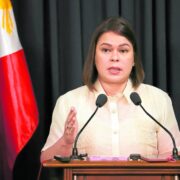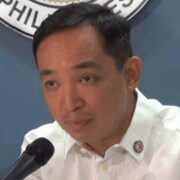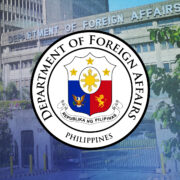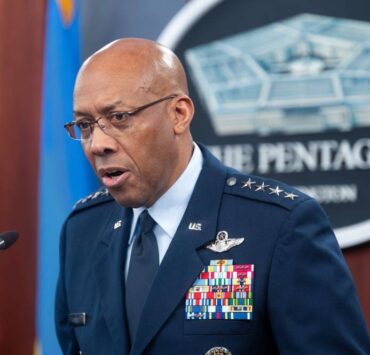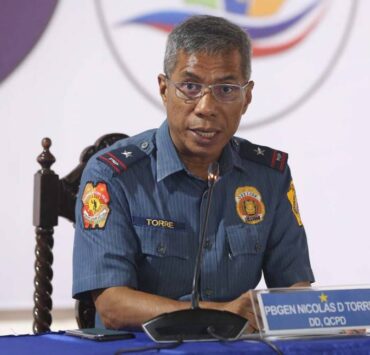Declassified: Imelda’s ‘peripatetic diplomacy’ as FM’s personal envoy
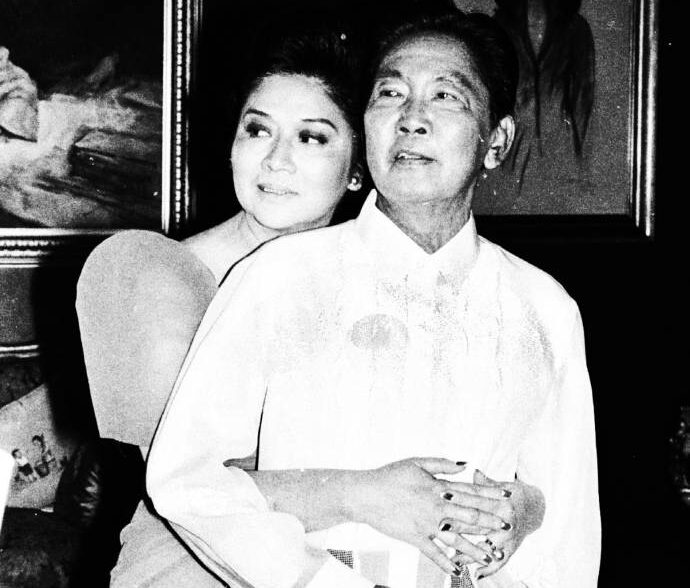
Former first lady Imelda Marcos, well known for her shopping sprees abroad, also made frequent trips overseas as her husband’s special envoy to deliver personal messages to world leaders, according to documents declassified by the US Department of State last year.
In March 1975, then US Ambassador to the Philippines William Sullivan said in a telegram to the Department of State that then President Ferdinand Marcos Sr. told a news conference about how Imelda attracted the attention of world leaders as his wife was “not a bad looking” woman who “knows what she is talking about.”
Sullivan recalled the statement because the first lady was set to travel to New York after visiting London.
She wanted to talk to United Nations representatives of Arab and African states, including then UN General Assembly President Abdelaziz Bouteflika, reportedly about the possible representation of the Philippines at the next Islamic conference, according to the telegram.
At that time, the Marcos regime was fighting intense battles against the Moro National Liberation Front in Mindanao amid appeals from the Organization of the Islamic conference for a ceasefire.
“In this connection, it [is] worth noting that [the] President recently gave explicit public endorsement to [the] first lady’s peripatetic diplomacy,” Sullivan said.
Marcos Sr., according to Sullivan’s telegram, stressed the importance of keeping Imelda in this “critical area,” telling journalists that she was busy working “in the new front … the information front, the diplomatic front.”
“Mrs. Marcos may be ready for the world, but is the world ready for Mrs. Marcos?” he said.
Dispatches from Manila
Sullivan’s telegram is part of a larger collection of documents from 1971 to 1982 that includes the Marcos martial law regime, which was declassified by the US State Department in late 2024.
The documents encompass several volumes of dispatches from American diplomats in the 1970s up to the 1980s. They reveal the perspectives of US diplomats on the developments in the Philippines at that time, including the first lady’s trips to the United States and her meetings with foreign leaders.
In October 1971, a telegram sent to US Secretary of State William Rogers, said that Imelda was hoping to meet with then US President Richard Nixon in order to deliver a letter from her husband.
Favorite topic: Reds
“One of the main purposes of her visit to the US was to gauge personally the attitude of the US government toward her husband. This she plans to do by personal conversations with officials of the US government, both executive and congressional,” read the message from the US Embassy in Manila, then headed by Ambassador Henry Byroade.
The usual topic of Imelda’s conversations was Marcos Sr.’s “fight” against the communist insurgency in the Philippines, which she steadfastly defended.
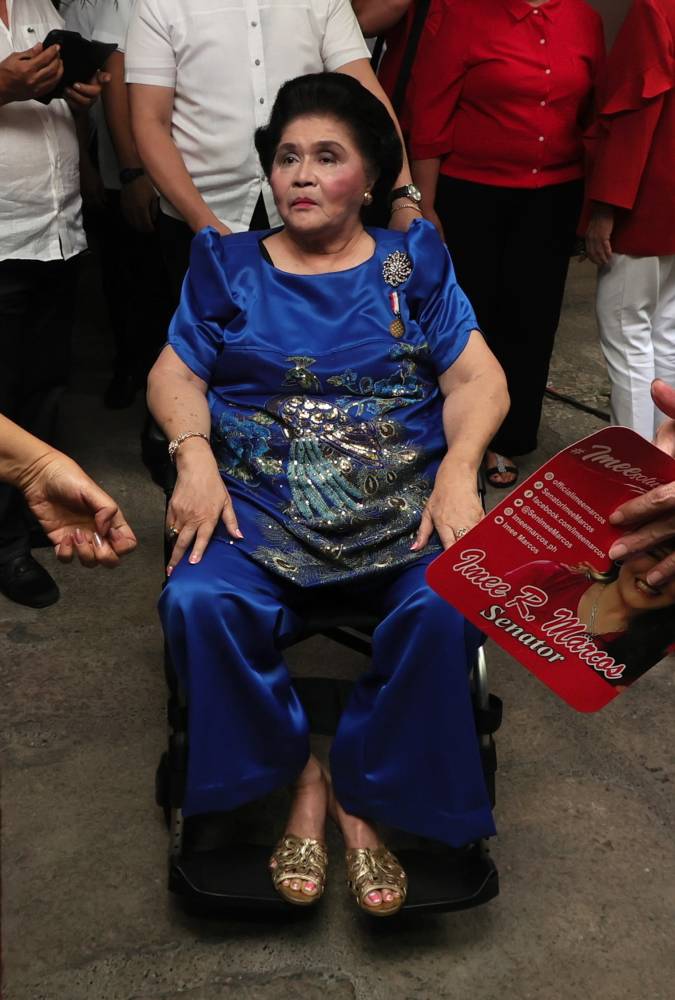
“In an unusually frank statement to emboff (embassy official), she stated that she and her husband had decided to stay in office until the communism issue was licked,” the telegram said.
“If this ‘fight’ required her husband to stay in office longer and extend his term of office, he would do so, and if it required her to run as president of the Philippines, she would do so,” it added.
An Oct. 21, 1971, memorandum noted that when the first lady visited the United States that year, she was not allowed to stay at the Blair House near the White House as it serves as the guest house for visiting heads of state.
‘Most difficult meeting’
Emil Mosbacher Jr., the chief of protocol of the US State Department at the time, said in the memo that “an unwanted precedent would be established” if Blair House were offered to her.
“It is standard practice to offer Blair House to a visiting chief of state or head of government when the individual has an appointment with the president,” Mosbacher said. “No precedent whatsoever exists for a wife of a chief of state or head of government.”
Some of the former first lady’s other US visits also were not without wrinkles.
In a telegram sent in November 1976 to the US Embassy in Manila under Sullivan, it was noted that American officials “spent untold hours trying to service Mrs. Marcos’ recent visits to the US with often inadequate information concerning her plans and the makeup of her party.”
In July 1978, Imelda experienced the “most difficult meeting” she ever had after being treated “very roughly” by a group of US congressmen who reportedly wrote a letter criticizing her husband’s handling of the elections held in April that year, according to a telegram from Assistant Secretary of State Richard Holbrooke.
After nearly six years of martial law, the Philippines held its first elections for the Batasang Pambansa. According to the New York Times, 114 congressmen said the “heavy-handed actions” of the Marcos government had made “a charade” of the elections.
Holbrooke said in his message to US Ambassador Richard Murphy that Imelda had chosen to take on her “strongest adversaries” during her visit to Washington, starting with the drafters of the letter.
‘Personal extravagance’
The first lady, however, failed to give a “convincing performance” and was said to have been in tears.
“There was a sad, almost tragic quality to her performance, and if, as reported, she is increasing her role and influence in the affairs of the Philippines, it can only lead to more difficult times ahead,” Holbrooke said.
On Oct. 9, 1980, John Negroponte, then deputy assistant secretary of state who was appointed ambassador to Manila more than a decade later, noted that “opposition circles in the Philippines and the United States have sharply criticized Mrs. Marcos for her growing political power and personal extravagance.”
“During her last visit to the US in July and August, she was the object of a hostile—and highly personalized—demonstration outside the World Bank in Washington,” Negroponte said in a letter requesting for additional security for the first lady.
The following year, a group of activists distributed leaflets which said “Imelda Marcos: Art patron or sordid autocrat” in front of the Kennedy Center in Washington where the first lady was scheduled to attend a concert featuring Filipino pianist Cecile Licad.
In a November 1981 telegram, then Secretary of State Alexander Haig Jr. reported that during the concert, four Filipinos suddenly entered and began chanting “Down with Marcos.” Haig said the protesters, including Walden Bello and Jon Melegrito, were escorted out and arrested for disorderly conduct.
Bello later served as Akbayan party list representative in the House of Representatives. Melegrito was then a member of the US-based Coalition Against the Marcos Dictatorship and is now executive secretary of the Filipino Veterans Recognition and Education Project.





